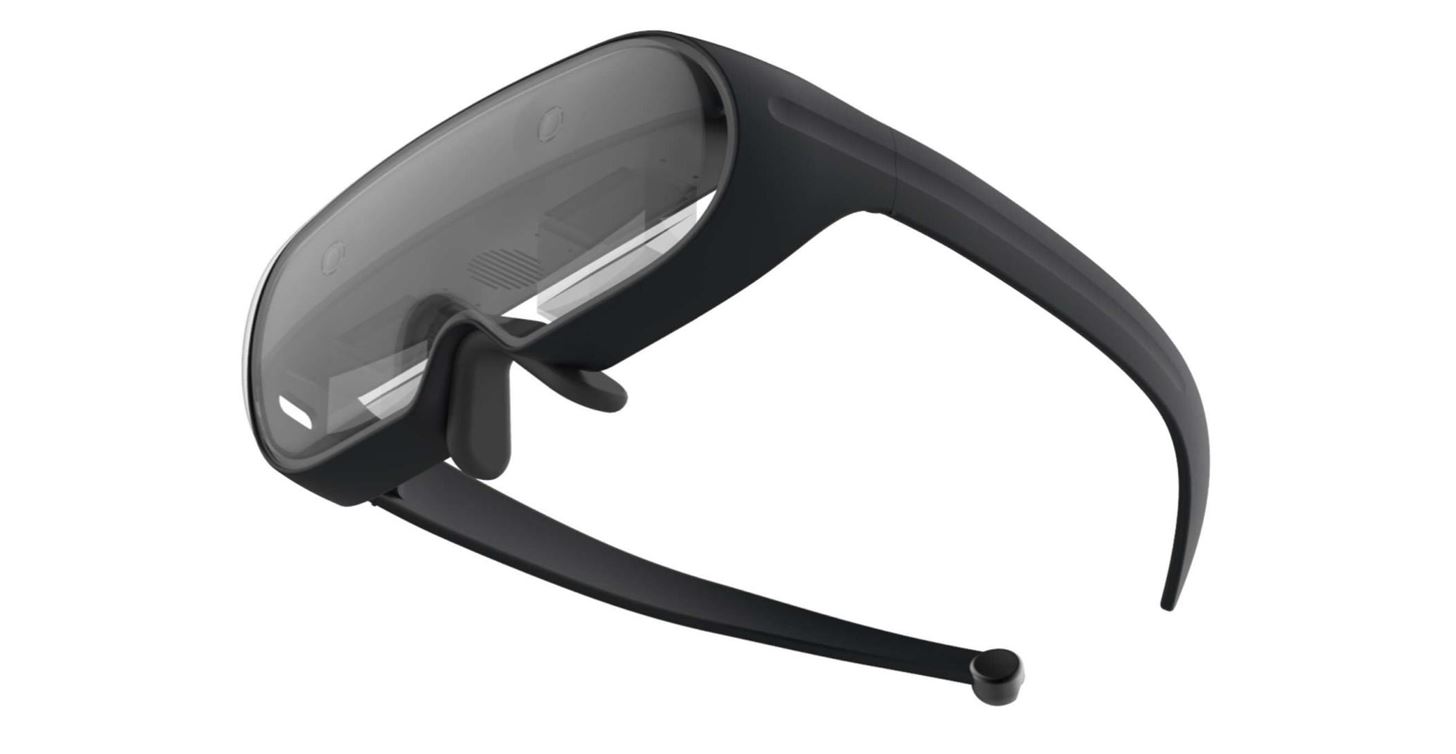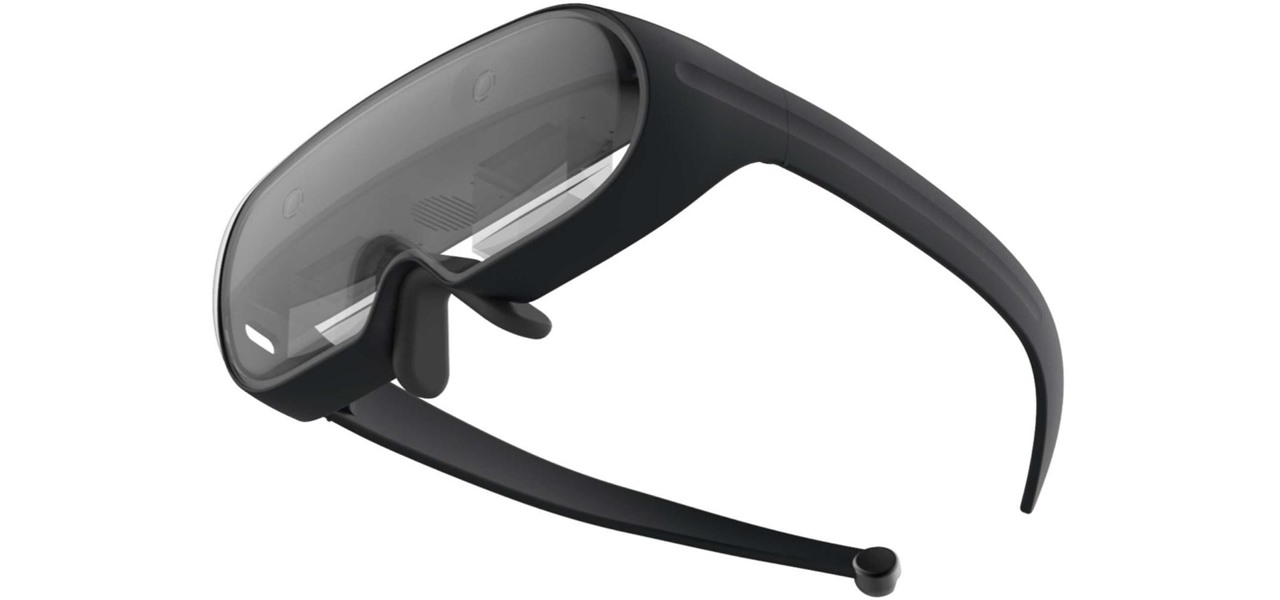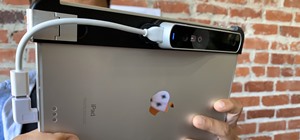Just as Apple, Snapchat, and other tech giants are working on augmented reality wearables in the race to replace smartphones for the future of mobile computing, so is Samsung.
However, Samsung is actually betting on a few different horses in this race.
One of those recent bets comes in the form of a patent application filed in South Korea in February and published last week for an AR smartglasses design.
Don't Miss: The Future of Apple Augmented Reality Smartglasses & the Android Copies to Follow
Like most patent applications, this one includes sketches of the product design, but, as an added bonus, Samsung's documentation includes a colorized rendering.

Like the current generation of AR headsets and smartglasses, Samsung's design includes a housing for its sensor array. Its appearance splits the difference between the headset design of the HoloLens 2 and the crop of Chinese-made smartglasses from Nreal and Mad Gaze, resulting in something that looks like scuba diver goggles.
Based on the depiction of a cable in one drawing, it appears that Samsung's design will tether to a wearable computer or smartphone.

The patent adds to Samsung's stockpile of intellectual property for AR wearables, including a foldable glasses design and a combo AR/VR device.
But, in case its own AR hardware doesn't get off the ground, Samsung can still contribute from the component side of its business. According to reports from ETNews in South Korea, Facebook has tapped Samsung to produce chips for its forthcoming smartglasses.

These are just the latest plays from Samsung in the AR hardware space. The company has previously funded startups that are producing components for AR hardware, such as AR display maker DigiLens and holographic display company Light Field Lab.
The company is also reportedly capitalizing on its patent for a combo AR/VR headset, with help from Microsoft.
After announcing its intentions to enter the field in 2016, Samsung has begun to sow the seeds of its AR ambitions in its current smartphone lineup. With its current generation of smartphones, Samsung added time-of-flight sensors to the rear camera of the Galaxy S10 5G and the Galaxy Note 10.
On the software side, Samsung has embedded apps like AR Emojis in recent generations of its Galaxy series and is incubating its own AR cloud platform.
So, one way or the other, Samsung is dead set on supplying technology for the future of AR wearables, whether those AR devices carry its brand name, its components, its software, or components from the companies where it has financial interests.
Just updated your iPhone? You'll find new features for Podcasts, News, Books, and TV, as well as important security improvements and fresh wallpapers. Find out what's new and changed on your iPhone with the iOS 17.5 update.
























Be the First to Comment
Share Your Thoughts